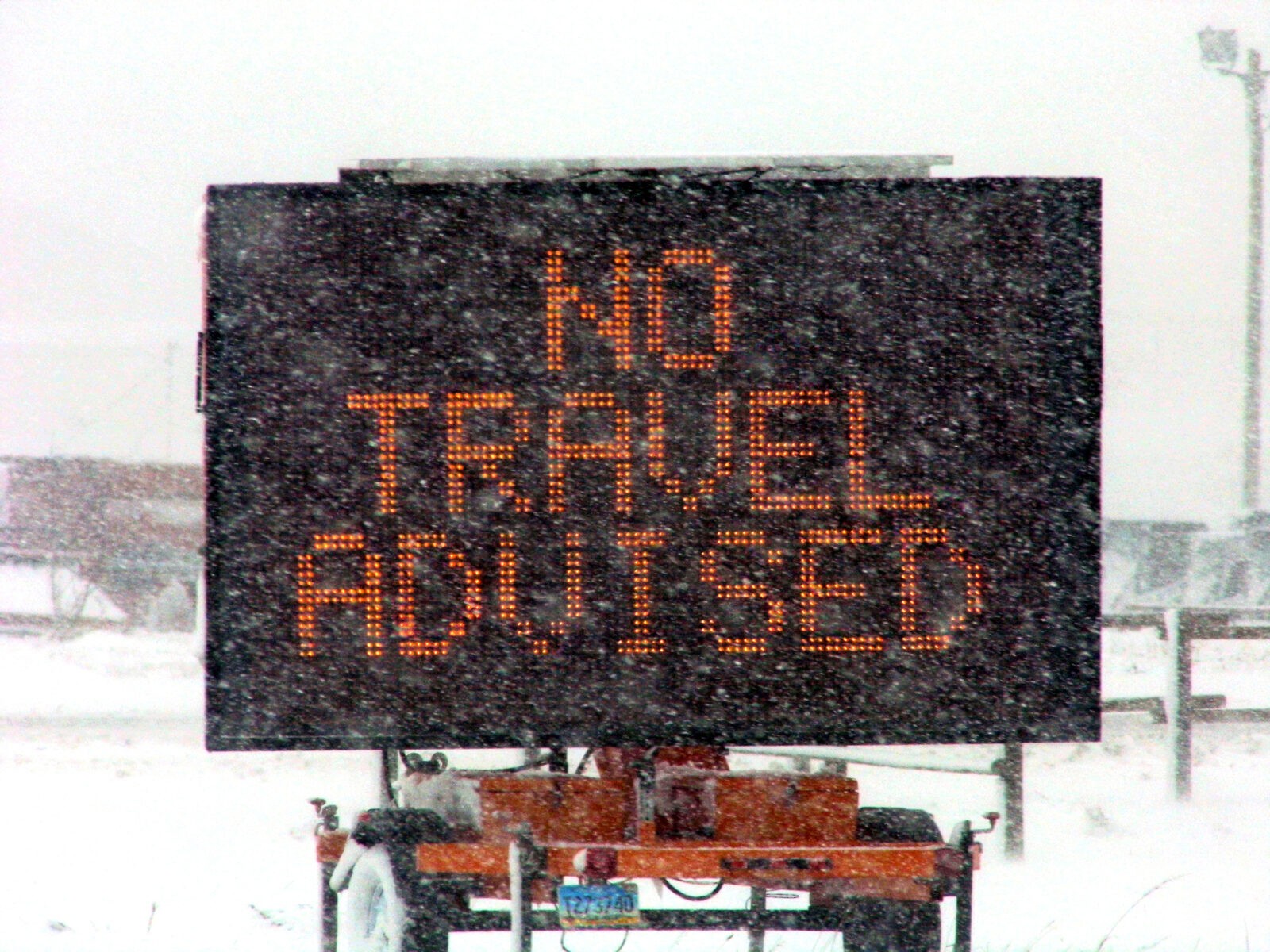Motorists traveling on Minnesota roads this spring should watch for large farm equipment moving from farm to farm for planting season, according to the Minnesota Department of Transportation.
Since 2021, there have been 446 crashes involving farm equipment in Minnesota, resulting in eight deaths and 171 injuries.
“Farmers need our highways to prepare and plant fields at this time of year. Sunrise and sunset can also reduce the visibility of farm equipment while driving. Drivers should slow down and prepare to encounter slow-moving farm vehicles, especially on rural, two-lane roads,” said Brian Sorenson, state traffic engineer.
Farm equipment is large and heavy, making it hard for operators to accelerate, slow down, and stop. The equipment also makes wide turns and sometimes crosses over the center line. In addition, farm vehicles can create large blind spots, making it difficult for operators to see approaching vehicles.
Motorists should:
- Slow down and watch for farm equipment, particularly at dusk and dawn on two-lane rural roads
- Use caution when approaching farm equipment
- Watch for debris dropped by farm equipment
- Drive with headlights on at all times
- Wait for a safe place to pass
Farm equipment operators should:
- Use lights and flashers to make equipment more visible
- Use slow-moving vehicle emblems on equipment traveling less than 30 mph
- Consider using a follow vehicle when moving equipment, especially at night
Tags:




